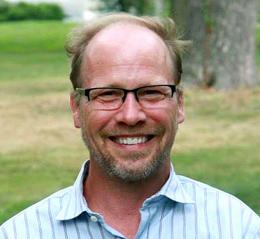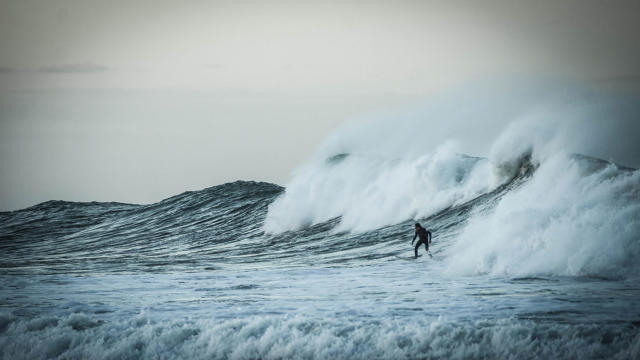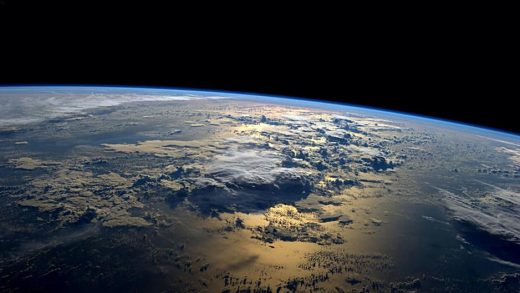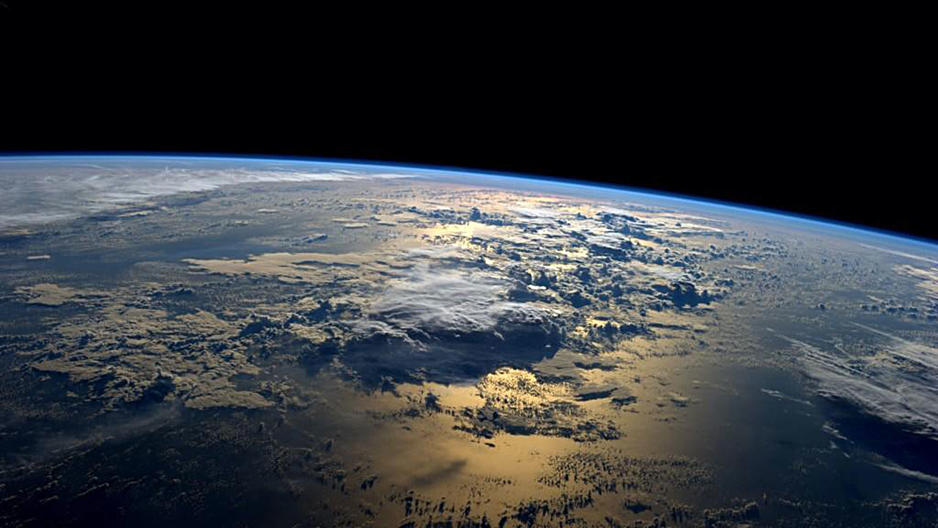How Wealthy Private Investors Might Save Climate Research
President Trump has made sweeping changes in his first week in office. Scientific research—specifically environmental programs—have seen a huge hit. The new administration quietly froze all Environment Protection Agency (EPA) grants, as well as ordered a gag order on any employees from going public about it. Following that, the organization was forced to remove pages from its websites about climate change, according to sources talking to Reuters.
Many fear more actions like this are on the horizon. As the fate of research-oriented, policy-driven organizations like the EPA appear to be under threat, the future of these program’s objective work may rely on financial sources outside of governance. Concerned private citizens and their affiliated businesses are likely going to take the front seat for funding future research to ensure up-to-date research keeps apace. Many scientists I’ve spoken with have all indicated that they expect a funding paradigm shift, one that doesn’t expect public sources to be the primary donors and instead more actively seeks out new avenues. While this change began well before the new administration took office, anxiety about the future of programs like the EPA will likely cause more institutions to branch out and seek new and unique partnerships. Most of these private donors are undoubtedly wealthy, but they’re not strictly philanthropists. Instead, they are people with money to spare who are increasingly worried about the global environment.
Enter: The Rich Hobbyists
The Center for Climate and Life is a program housed at Columbia’s Lamont-Doherty Earth Observatory. Its focus is channeling climate change research toward tangible impacts. The work both informs the scientific community and is conducted with the hope of educating the public, which will ideally bring about policy changes.
Programs like the Center for Climate and Life have historically been kept afloat through a variety of funding outside of the university. Researchers seek grants from a variety of public and private sources. Public and government sources are anything but stable—some years the funding is plentiful, other times it’s more meager—and programs like the Center for Climate and Life continually look for private funding so it does not have to rely on changing political climates.
Lucky for the organization, there’s an active group of nonscientists who believe climate change research is important: surfers. The World Surf League is a consortium of surfers that organizes competitions and events for competitors in the space. They announced their partnership with the Center for Climate and Life last year, which included $1.5 million in funding to help the organization keep going.
The reason why the World Surf League is interested in science is pretty simple: The oceans are changing, (according to NASA, sea levels are rising at an alarming pace) and if the climate change continues they won’t be able to surf. “The World Surf League came to us,” says Peter de Menocal, director of the Center for Climate and Life and professor at Columbia’s Lamont-Doherty Earth Observatory. As active consumers of the planet’s resources, they want to aide research that could help the environment, he explained.

The surfers are also keen on educating nonacademic audiences about climate issues. Part of the partnership between the Surfer’s League and the Center for Climate and Life is a program called PURE (Progressive Understanding and Respect of the Environment), which looks specifically into ocean health through various research and advocacy projects. With help from the Surf League, the center created this outreach program specifically tailored to novices to explain issues facing the ocean as well as the climate in general.
For de Menocal, it’s not surprising that rich surfers are taking an active interest in this sort of research. Philanthropy has obviously funded research for decades, but political pressures can dictate whether or not a public program can fund research like his, putting his research’s livelihood within the legislative crosshairs. Now, in order to ensure that funding remains more continuous, program leaders like de Menocal are more widely seeking out private donors. Timely environmental research is what helps bring about better and cleaner policy, so in a sense the wealthy underwriters are helping push the needle for future environmental movements. “Big philanthropists had been on the sidelines for a long time,” he says. “They’re not anymore. A lot of people thought the government would step in . . . it’s so clear with the current administration that it’s not true.” Institutions have long been filling budget gaps with the money of private donors, but many scientists I talked to are bracing for this practice to become the new standard, as the current administration seems to be much more skeptical of such academic work.

Future Funding
Academic research isn’t the only place finding cash infusions from private groups. In fact, many Silicon Valley leaders are becoming some of the biggest proponents for funding similar private research efforts where other publicly funded programs have lagged behind. One recent version of this is Breakthrough Energy Ventures. It’s a new fund—announced late last year—headed by Bill Gates to invest in programs that work toward a zero-emission future.
The fund includes some of Silicon Valley’s heavyweights, including billionaire and investor Vinod Khosla, venture capitalist John Doerr, and hedge-fund billionaire John Arnold. Investors have looked toward clean energy solutions before, but this program differs with its immense dollar amount—$1 billion, which came from a star-studded who’s who of Silicon Valley heavyweights, including Jeff Bezos and Jack Ma—as well as the length of its time line. “We have a 20-year time line for the fund,” said John Arnold during the press conference unveiling the fund.
The ultimate goal is to find, fund, and accelerate entrepreneurs seeking out zero-emission energy solutions, effectively making a finance-driven solution to the energy crisis. Its focus is much less academic and more business-based, but the mandate is similar: The world’s problems aren’t being solved by public funding models and instead are becoming pet projects of the rich.
In December, Gates told the New York Times: “It’s possible [the Trump administration] will reduce energy research.” Thus, people like him see a mandate falling in their laps.
There are many examples of this trend in other fields; Facebook’s Sean Parker last year launched a $250-million grant to accelerate cancer immunotherapy treatments; Al Gore took the CDC to task by funding a conference that the organization had cancelled; hell, Mark Zuckerberg and Priscilla Chan want to cure all diseases.
Whether or not this is the best way to achieve results may now be beside the point if government funding and support dries up. Relying on private investments does fundamentally change the way research funding is proposed, transforming from a very formal process to one that could rest more heavily on networking and marketing. Part of that is changing the way they present their findings; researchers are retooling how they present their findings so they’re more amenable to the public and dictate an urgent need to all people.
De Menocal mentioned that he now takes trips to pitch his program to donors, and numerous scientists I’ve spoken with have admitted that private funding sources feel more secure, especially in light of recent sweeping political changes. An institution wholly funded by private financiers is no longer farfetched, said one scientist I spoke to.
So, for now, while the future of scientific funding may seem bleak, the new way forward might be going private. The work is not just in labs, not just for peer-reviewed journals, and not just for government organizations to see findings and make new policies. “[We must] engage the business and finance community right from the beginning,” says de Menocal.
With people like Bill Gates and the environmentally conscious surfers, the hope is that more people will become actively philanthropic. While de Menocal admits that he’s not thrilled that the future of research seems to lie more in the private elites’ hands, he thinks that is where things are going.
De Menocal doesn’t mince words: He sees research like his and his colleagues’ as necessary for the planet’s future. “The right thing,” he says, “is that the science gets done and the next generation gets educated.”
For many, it seems to them the right thing rests on the interests of rich hobbyists who see the future peril.
Fast Company , Read Full Story
(33)



